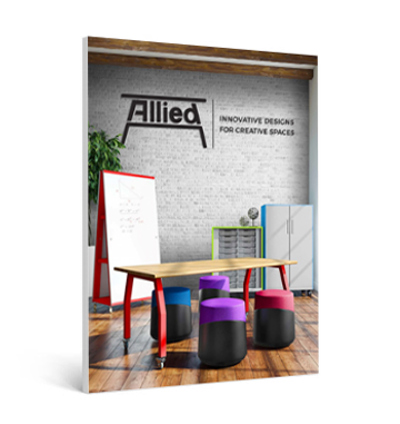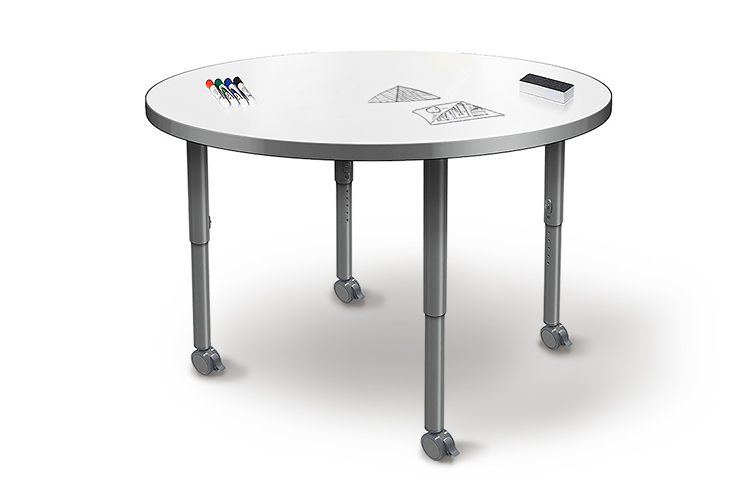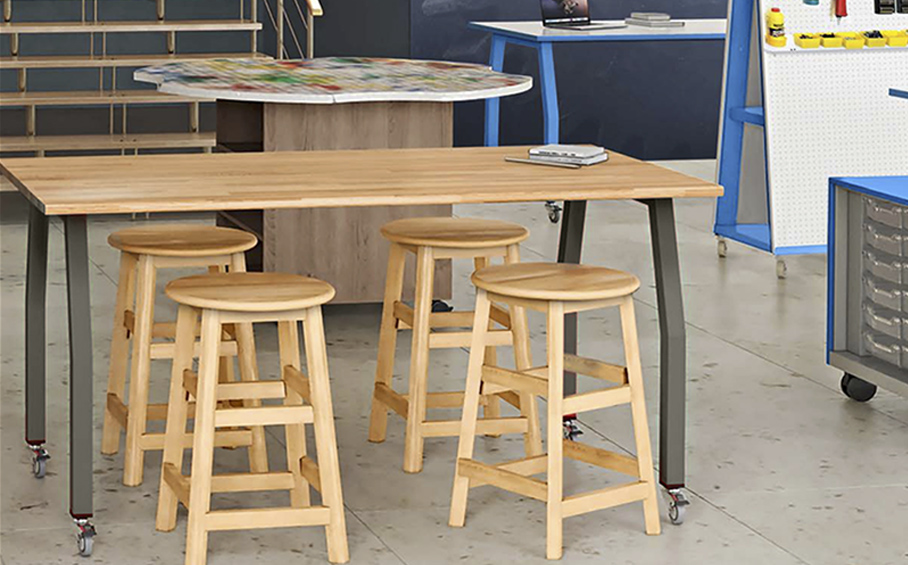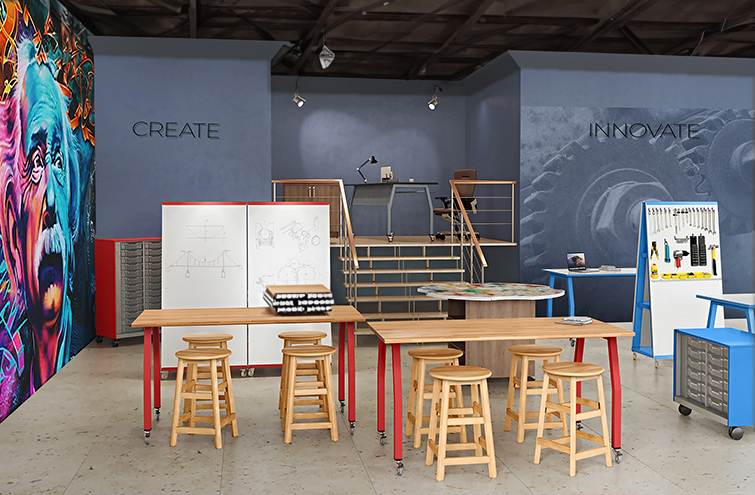Creating an innovative and inclusive school environment is essential for fostering effective learning experiences for all students. Understanding and accommodating different learning styles can significantly impact student engagement, comprehension, and overall academic success. Let’s explore how an innovative school environment, coupled with suitable school furniture such as school desks and chairs, can cater to each learning style effectively.
Understanding Different Learning Styles
Auditory Learners: Auditory learners absorb information best through verbal communication and auditory stimuli. They benefit from lectures, discussions, and audio materials.
Visual Learners: Visual learners grasp information most effectively through images, charts, and diagrams. They rely on visual aids and prefer seeing information presented in various formats.
Kinesthetic Learners: Kinesthetic learners learn best through hands-on experiences and physical movement. They thrive when engaged in interactive activities and practical applications of knowledge.
Creating an Innovative School Environment with School Furniture
An innovative school environment should be designed to cater to the diverse learning needs of students. Strategically chosen school furniture, such as school desks and chairs, plays a crucial role in supporting different learning styles. Here are some strategies to achieve this:
Multisensory Learning Spaces: Incorporate school furniture that fosters multisensory experiences for students. Utilize interactive screens, audio stations, and tactile materials in school desks and chairs to cater to auditory, visual, and kinesthetic learners, respectively.
Collaboration Zones: Design collaborative areas with flexible school desks and chairs, allowing students to work together on projects and discussions. Group activities encourage communication, benefiting auditory learners, while visual learners can leverage whiteboards on school desks to enhance their understanding.
Flexibility and Mobility: Provide school desks and chairs with adjustable features to allow students to customize their seating positions. Adjustable school furniture promotes better focus and participation, benefiting all learning styles.
Technology Integration: Incorporate technology-friendly school desks and chairs into the learning environment. Interactive displays on desks and ergonomic chairs with tablet holders can aid auditory and visual learners, while hands-on activities facilitated by movable furniture engage kinesthetic learners.
Using School Furniture to Support Different Learning Styles
Optimizing school furniture choices can create an environment that aligns with students’ learning preferences. Here’s how school desks and chairs can support different learning styles:
Auditory Learners:
- Acoustic Solutions: Select school furniture with sound-absorbing materials or dividers to create quiet spaces that minimize distractions for auditory learners.
- Headphone-Friendly: Provide speakers or headphones, allowing auditory learners to focus on audio content without disrupting others.
Visual Learners:
- Whiteboard top School Desks: Offer desks with writable surfaces, enabling visual learners to jot down notes, visualize ideas, and express concepts visually.
- Ergonomic Chairs: Comfortable seating supports prolonged focus during visual learning tasks.
Kinesthetic Learners:
- Adjustable School Desks and Chairs: Provide furniture with adjustable heights to accommodate kinesthetic learners’ need for movement and varied seating positions.
- Collaborative Furniture: Specify arrangeable and mobile furniture to facilitate group activities and foster hands-on learning experiences.
Integrating suitable school furniture such as school desks and chairs into an innovative school environment is essential for supporting different learning styles effectively. By considering the unique needs of auditory, visual, and kinesthetic learners and optimizing furniture choices, educators can create an inclusive learning environment where all students thrive. Understanding the impact of strategically chosen school furniture on student engagement empowers educators to enhance the learning experience, making it enriching and enjoyable for everyone.









